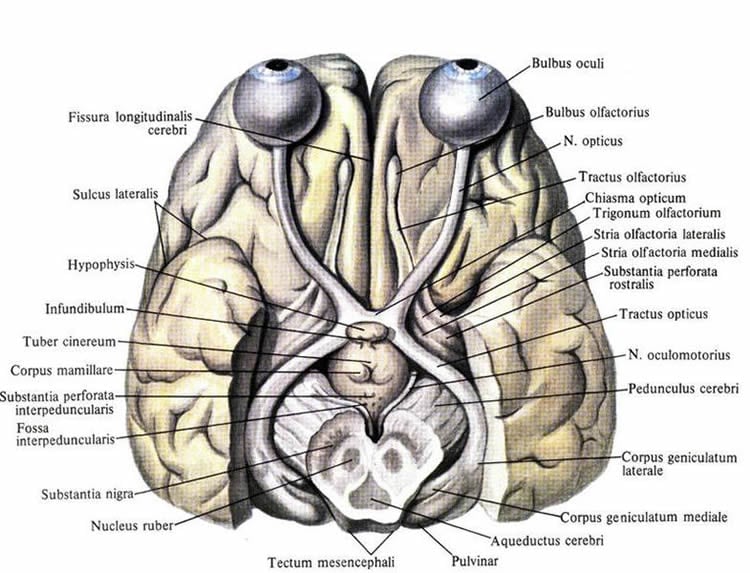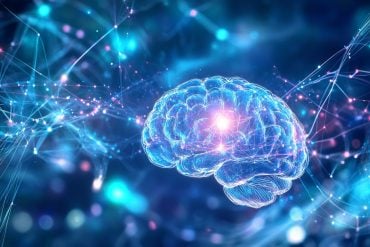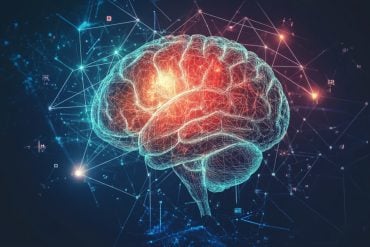From the smell of flowers to the taste of wine, our perception is strongly influenced by prior knowledge and expectations, a cognitive process known as top-down control.
In a University of California, San Diego School of Medicine study published July 13 in the online journal Nature Neuroscience, a research team led by Takaki Komiyama, PhD, assistant professor of neurosciences and neurobiology, reports that in mouse models, the brain significantly changed its visual cortex operation modes by implementing top-down processes during learning.
“We found that when the mouse assigns a new meaning to a previously neutral visual stimulus, top-down control becomes much more influential in activating the visual cortex,” said first author Hiroshi Makino, PhD, postdoctoral researcher in Komiyama’s lab. “Top-down inputs interact with specific neuron types in the visual cortex to modulate its operation modes.”
This cognitive process uses our thoughts and influences our senses. For example, when we see a word with missing letters, our brain is able to fill in the blank based on past experiences.
Researchers looked at activity in excitatory neurons and somatostatin-expressing inhibitory neurons in the visual cortex and top-down inputs from the retrosplenial cortex (RSC) during associative learning to see how these affected the top-down and bottom-up processing–when perception begins with the senses.
The findings indicate that intricate interactions of various circuit components effectively change the balance of top-down and bottom-up processing, with learning enhancing the contribution of top-down control. These results support the long-standing theory that the brain does not faithfully represent the environment but rather attempts to predict it based upon prior information.

“In addition to revealing circuit mechanisms underlying these learning-related changes, our findings may have implications in understanding the pathophysiology of psychiatric diseases, such as schizophrenia, that generate abnormal perception,” said Makino.
Funding: Funding for this research came, in part, from the National Institutes of Health (1R01NS091010-01, 1R01DC014690-01), Japan Science and Technology Agency (PRESTO), Pew Charitable Trusts, Alfred P. Sloan Foundation, David & Lucile Packard Foundation, Human Frontier Science Program, McKnight Foundation and New York Stem Cell Foundation.
Source: Yadira Galindo – UCSD
Image Credit: The image is credited to Polina Tishina and is in the public domain
Original Research: Abstract for “Learning enhances the relative impact of top-down processing in the visual cortex” by Hiroshi Makino and Takaki Komiyama in Nature Neuroscience. Published online July 13 2015 doi:10.1038/nn.4061
Abstract
Learning enhances the relative impact of top-down processing in the visual cortex
Theories have proposed that, in sensory cortices, learning can enhance top-down modulation by higher brain areas while reducing bottom-up sensory drives. To address circuit mechanisms underlying this process, we examined the activity of layer 2/3 (L2/3) excitatory neurons in the mouse primary visual cortex (V1) as well as L4 excitatory neurons, the main bottom-up source, and long-range top-down projections from the retrosplenial cortex (RSC) during associative learning over days using chronic two-photon calcium imaging. During learning, L4 responses gradually weakened, whereas RSC inputs became stronger. Furthermore, L2/3 acquired a ramp-up response temporal profile, potentially encoding the timing of the associated event, which coincided with a similar change in RSC inputs. Learning also reduced the activity of somatostatin-expressing inhibitory neurons (SOM-INs) in V1 that could potentially gate top-down inputs. Finally, RSC inactivation or SOM-IN activation was sufficient to partially reverse the learning-induced changes in L2/3. Together, these results reveal a learning-dependent dynamic shift in the balance between bottom-up and top-down information streams and uncover a role of SOM-INs in controlling this process.
“Learning enhances the relative impact of top-down processing in the visual cortex” by Hiroshi Makino and Takaki Komiyama in Nature Neuroscience. Published online July 13 2015 doi:10.1038/nn.4061






